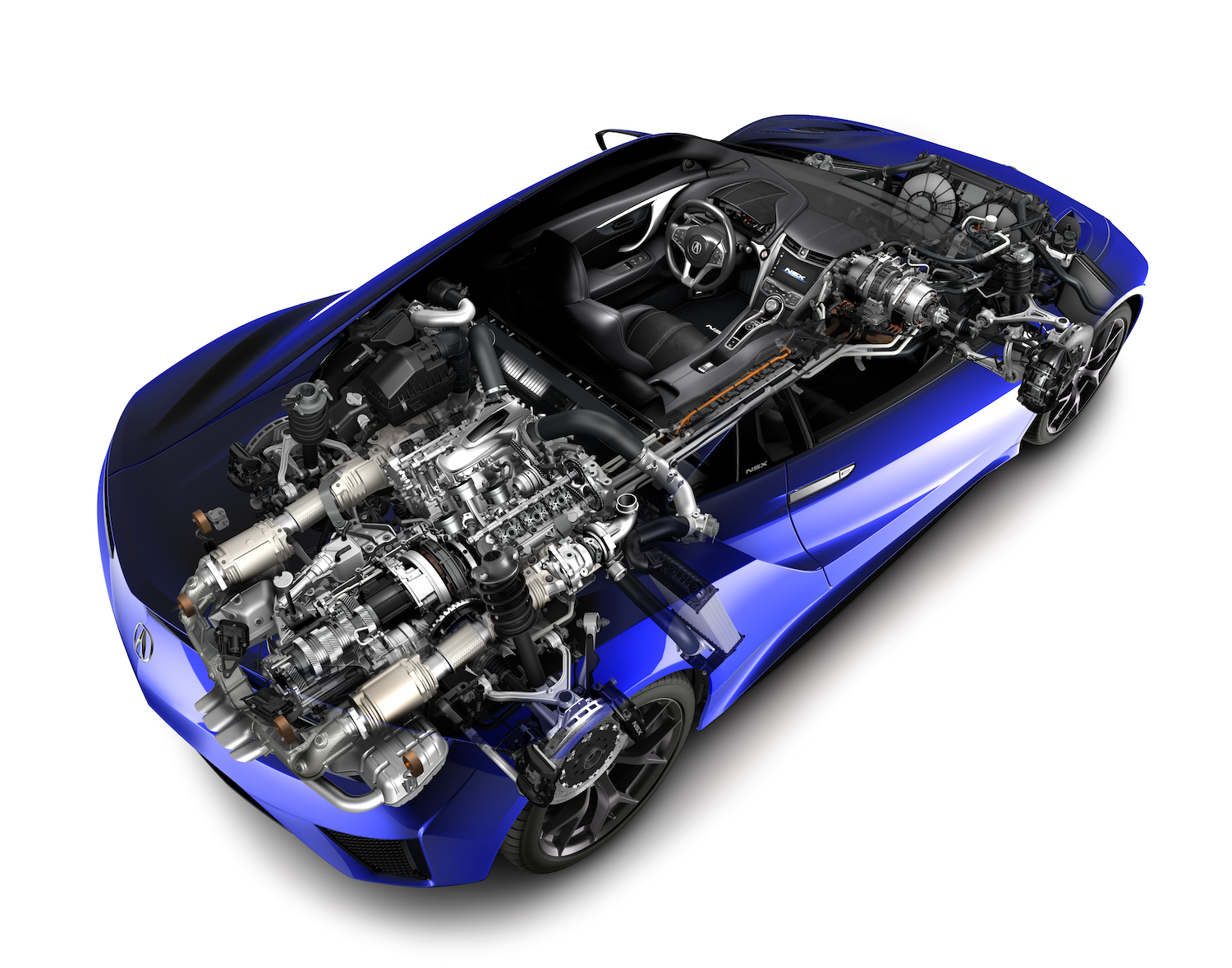To break in the NSX engine, Acura uses a stethoscope
Now available in the heritage color Indy Yellow Pearl, the 2020 Acura NSX remains just as much of an engineering marvel as on its long-awaited debut day in 2015. And while the street version is an all-wheel-drive hybrid, the reason why the rear-wheel-drive, combustion-only GT3 can also win races is the unique V-6 powering all of Honda’s mid-engine supercars.


Turned from a corn field into Honda’s largest engine production site in 1985, the Anna Engine Plant near Dayton, Ohio, is a 2.5-million-square-foot complex counting 3500 employees pushing out 4500 engines on a good day. Yet within this massive facility is a 4000-sq.-ft. workshop where only Acura’s most-experienced master builders have the privilege of hand-building the unique twin-turbo V-6 of the NSX.
Acura says that on average, three decades of experience is required for this job, with an NSX engine being built in around five hours. On the nearby mass-production lines, each engine goes through around 150 employees before its first ignition.
20200130151507)
20200130151526)
20200130151619)
20200130151555)
Honda’s JNC1 is a special engine designed for this platform only. It is an unusual 75-degree 3.5-liter DOHC V-6, so that its single-scroll turbos can fit under it without raising the top of the engine above the level of the rear tires. It features variable timing control on both cams, along with a forged-steel crank, connecting rods, intake valves, and sodium-filled exhaust valves. The block and cylinder heads are sandcast by Cosworth, while the pistons are cast aluminum, sliding up and down on a plasma-transferred wire arc thermal spray lining.
It’s also a dry-sump with triple-element scavenge pumps, which Acura says not only improves response, but also lets the “bone-stock” GT3 block survive 762 laps at race pace during the 24 Hours of Daytona, covering a total distance of nearly 2713 miles.
20200130151427)
20200130151434)
For such a task, the NSX engine must be built with the utmost attention to detail. Acura’s experts use GPS-tracked torque tools to make sure all of the JNC1’s 547 fasteners are happy in their slots. They also have three multi-spindle nut runners to level out tensions, after which they run the assembled engines for an hour, listening to foreign noises via a stethoscope at up to 4000 rpm. Having completed the break-in procedure, Acura finishes the build by balancing the engine to spec with different weighted bolts.
Another manufacturer who can claim its road car engine was race-ready from day one is BMW, which supplied McLaren with the mighty S70/2 for the 1992–98 McLaren F1, and 1995’s Le Mans-winning F1 GTR. Interestingly, due to a Formula 1 partnership at the time, Gordon Murray also intended to use a Honda V-12, created by merging two V-6s of the original NSX.


